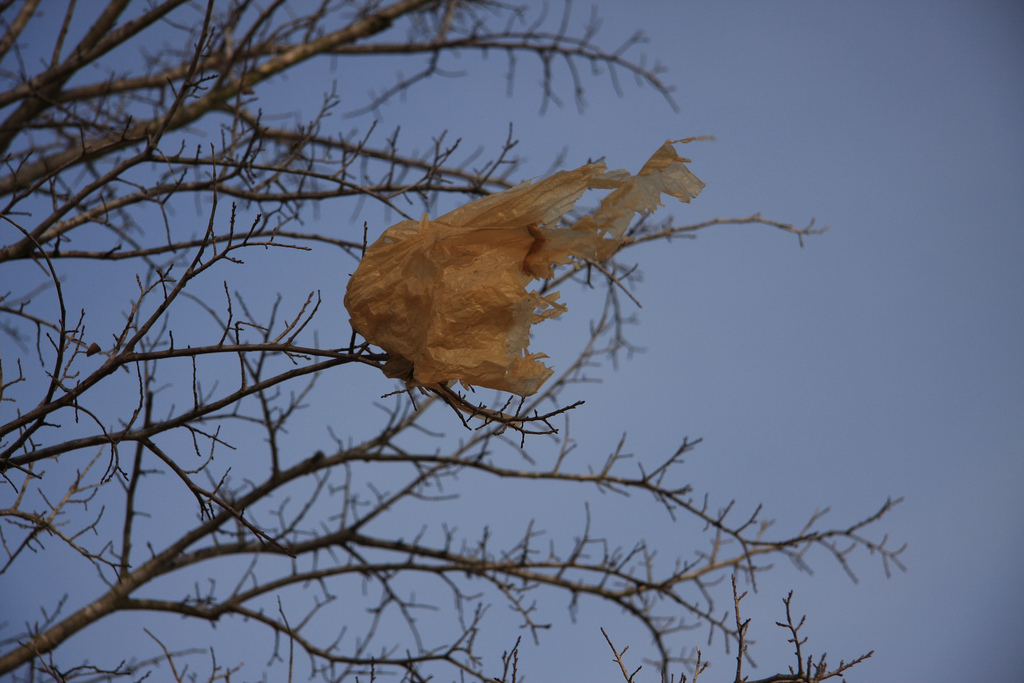- Sustainable Planet -
- 3mins -
- 220 views
Today the UK bans hugely harmful Plastic Microbeads
Tiny particles of plastic are seriously damaging the planet’s water and the creatures who live in it. Fortunately the UK now officially bans them.
Huge win for our planet; the UK finally bans Plastic Microbeads
As reported by the Guardian, the manufacturing ban means the tiny beads which harm marine life can no longer be used in cosmetics and personal care products.
The plastic microbeads ban – which was long-promised – came into effect on 9th January 2018. The ban initially bars the manufacture of such products and a ban on sales will follow in July.

Bans work. 9 Billion fewer plastic bags since 2015
On Sunday, the prime minister, Theresa May tweeted: “In 2015 we introduced the 5p charge on plastic carrier bags, we now see 9bn fewer bags being used. It’s making a real difference. We want to do the same with single use plastics. Nobody who watched #BluePlanet2 will doubt the need for us to do something – and we will.”
The UK plastic microbeads ban is ofcourse good news for the environment. However, as the ban is not global (yet) we give you seven tips on how you can help today to stop microplastics from hurting our planet.
Microplastics and the environment
There is a certain type of plastic whose damaging effects are not yet widely recognised by the public, and these are microplastics. Microplastics are particles less than five millimeters in size that deteriorate from larger plastic pieces that have entered the oceans, or are added to cosmetics we wash away, or they arrive in the sea as fibres washed from our clothes. They are not biodegradable and once they enter the marine environment, they are impossible to remove.
Source: NatGeo Main Image: SeaEdu
7 things you can do to stop microplastics
Watch the video below with seven things you can do to stop microplastics doing more harm
Clothing is also a major source of microplastics
Many are already aware of the microbeads in our cosmetics, but did you know that clothing is also a major source of microplastics? Your stretch jeans, your polar fleece top and your polyester shirt – there’s a good chance that sea animals have already ingested or absobed a piece of these clothes items.
Source: NobleHouse
Micro-plastics are passed along up the marine food chain, ultimately to humans
Tiny particles of plastic have been added to thousands of personal care cosmetic products sold around the world, or strands are simply washed from our clothing. These micro-plastics, hardly visible to the naked eye, flow straight from our homes into the sewer system. Wastewater treatment plants are not designed to filter them out, and that is the main reason why they contribute to the Plastic Soup swirling around the world’s oceans. Sea animals absorb or eat micro-plastics. These micro-plastics are passed along the marine food chain. Since humans are ultimately at the top of this food chain, it is likely that we are also ingest them. absorbing micro-plastics from the food we eat. Microplastics are not biodegradable and once they enter the marine environment, they are impossible to remove.
What can I do about plastic micro-beads and microfibres
Until they take notice, it is important that we do not use care products with plastics. You too can help to end the plastic soup in the ocean. Check the list of ingredients on the label. A range of solid microplastics are found within cosmetics and personal care products, with the most common being:
– Polyethylene / Polythene (PE)
– Polypropylene (PP)
– Polyethylene terephthalate (PET)
– Polymethyl methacrylate (PMMA)
– Nylon
Regards the fibres, the only real solution to that is to wear natural fibres which break down in the environment harmlessly.
Source: MarineConservationSociety.uk
To sum up what you can do today:
- When you wash synthetic clothes, use a Cora Ball, which filters tiny particles out of the rinse water in the washing machine.
- Or wash your synthetic clothes in a Guppy Bag, which traps microfibres and prevents them from reaching the water supply0
- Buy organic clothes instead of synthetic
- Scrub with a natural products like oat or salt. Here you find 7 great alternatives
- Don’t use age-defying makeup. Simply love yourself the way you are 😉
- Avoid any toothpaste, scrubs etc containing polyethylene, polypropylene, polyethylene terephthalate, polymathy methacrylate.
- Demand your government to ban microbeads

